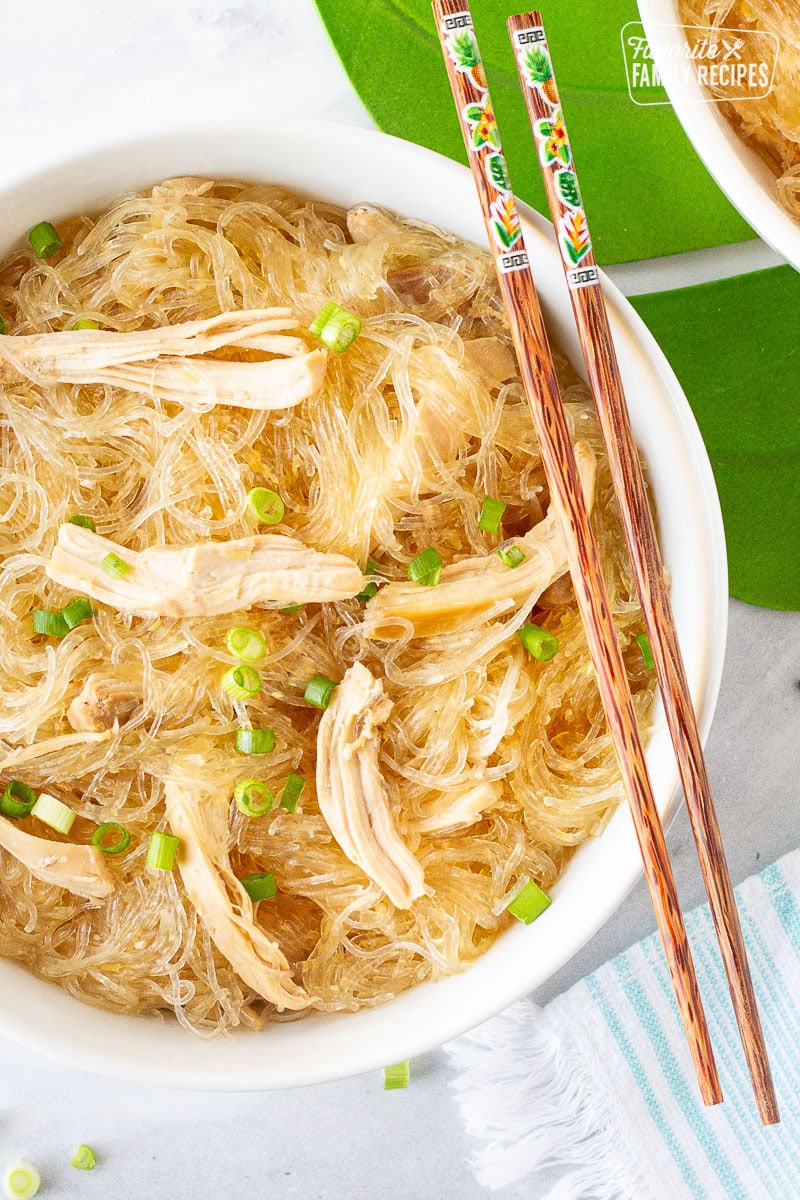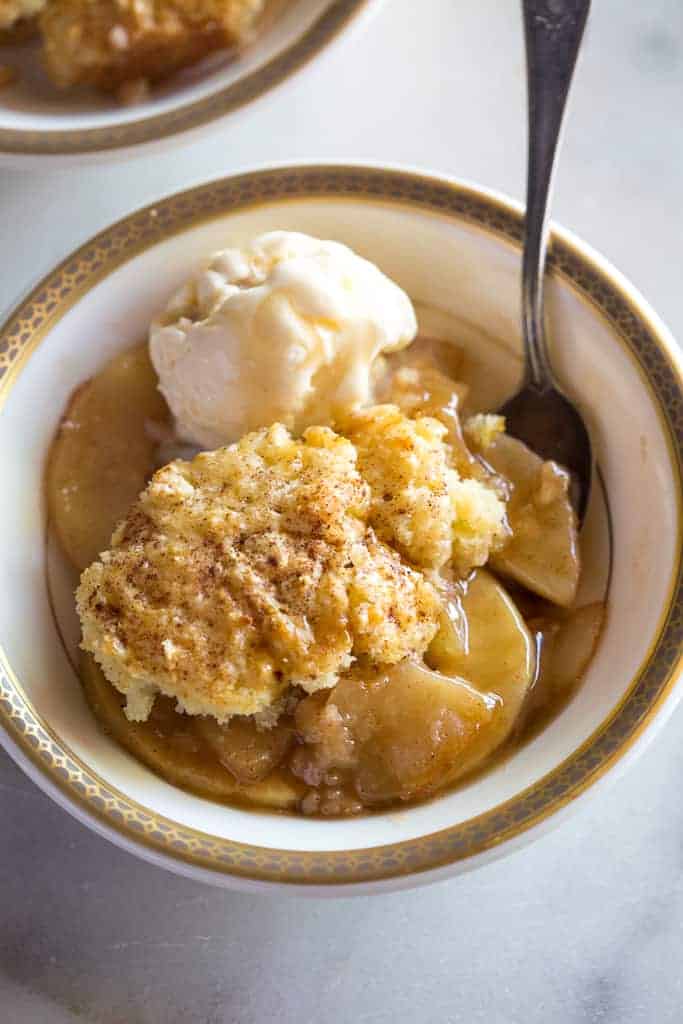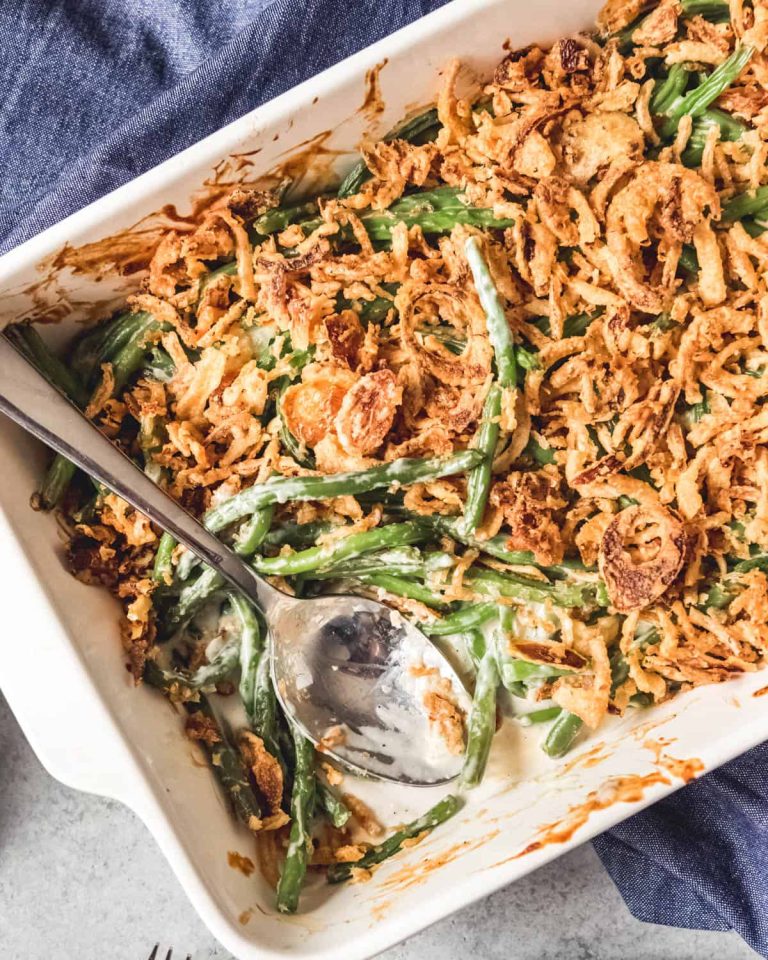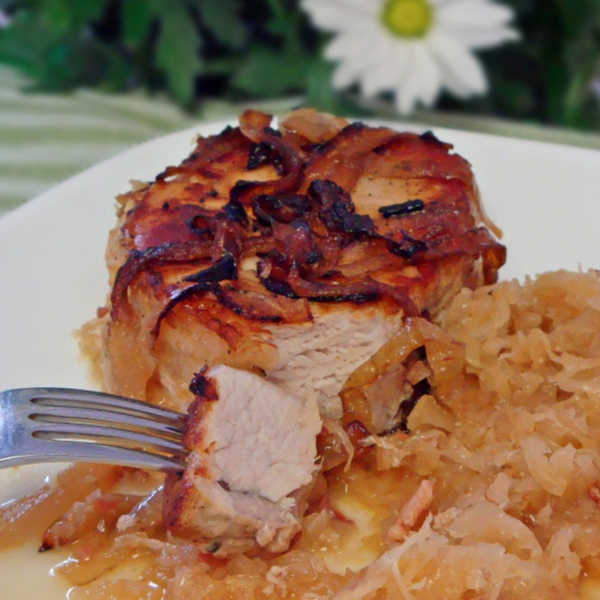Chicken Long Rice Soup Recipe: A Healthy Fusion of Chinese and Hawaiian Flavors
Chicken Long Rice Soup blends Chinese and Hawaiian culinary traditions. Immigrants from China brought their culinary practices to Hawaii in the late 19th and early 20th centuries. They integrated local ingredients, creating a fusion that became popular on the islands. The dish’s base, glass noodles, originated in Chinese cuisine and are known for their versatility in soups and stir-fries. Hawaiian cooks integrated these noodles with locally available chicken, adding fresh produce to develop a unique version of the soup.
Adaptations and Popularity in Hawaii
Adaptations in Hawaii led to Chicken Long Rice Soup becoming a beloved local comfort food. Hawaiian chefs made the dish distinctly their own by using island ingredients like ginger, garlic, and green onions. Variations might include different vegetables or seasoning blends, reflecting familial or regional tastes. These adaptations contributed to the soup’s widespread popularity across restaurants, home kitchens, and community gatherings in Hawaii. The dish is now a staple at Hawaiian lu‘au, served alongside other iconic dishes such as kalua pig and poi.
Key Ingredients and Their Significance
Chicken and Its Nutritional Value
Chicken serves as the primary protein source in Chicken Long Rice Soup. Rich in lean protein, chicken supports muscle growth and repair while offering essential amino acids. One cooked cup provides approximately 38 grams of protein and 210 calories, contributing to satiety and energy. Chicken also supplies important vitamins and minerals, including B vitamins like niacin and B6, which aid in metabolism and red blood cell production, and minerals like phosphorus and selenium, essential for bone health and immune function.
Long Rice: The Star of the Soup
Long rice, often identified as glass noodles, is a standout ingredient in this soup. Made from mung bean starch, these translucent noodles absorb flavors well, adding a unique texture. High in complex carbohydrates, they provide a steady energy source. While low in protein and fat, long rice complements the chicken, balancing the soup’s nutritional profile. Glass noodles are also gluten-free, catering to dietary restrictions without sacrificing taste.
Additional Flavor Enhancers
Additional ingredients enhance the flavor and overall nutritional profile of the soup. Ginger and garlic, common in Hawaiian cuisine, lend depth and warmth. Ginger contains anti-inflammatory properties and aids digestion, while garlic boosts the immune system and possesses antioxidant properties. Green onions add a mild sweetness and color, and soy sauce, with its umami richness, rounds out the savory profile. These elements, combined, create a harmonious blend representative of Chicken Long Rice Soup.
Step-by-Step Cooking Guide
Preparing the Chicken
Start by selecting 1 1/2 pounds of boneless, skinless chicken thighs or breasts. Cut the chicken into bite-sized pieces for easy cooking and serving. In a large pot, bring 8 cups of water to a boil, then add the chicken pieces. Skim off any foam that rises to the top for a clearer broth. Reduce the heat and let the chicken simmer for 20 minutes until it’s fully cooked through.
Cooking Long Rice to Perfection
Long rice, also known as glass noodles or cellophane noodles, is crucial to the dish. Place 8 ounces of long rice in a bowl of warm water to soak for 20-30 minutes or until the noodles are soft. Drain the noodles and cut them into 4-inch lengths for easier consumption. Add the noodles to the simmering broth once the chicken is cooked, allowing them to absorb the flavors of the soup.
Combining Ingredients for Optimal Flavor
Enhance your broth with 2 tablespoons of soy sauce, 2 cloves of minced garlic, and 1 tablespoon of minced ginger to create a savory base. Slice 4 green onions and add them to the pot along with salt and pepper to taste. Let everything simmer together for 10 minutes to meld the flavors. You can also add a handful of chopped cilantro or a squeeze of lime juice for an extra layer of freshness before serving your Chicken Long Rice Soup.
Serving Suggestions
Ideal Accompaniments
Pair Chicken Long Rice Soup with fresh, local greens, bok choy, or a simple cucumber salad. These vegetables provide a light, crisp complement to the hearty soup. Offer a side of steamed jasmine rice or brown rice to round out the meal. Include a small dish of kimchi or pickled vegetables for a tangy contrast. Lemon wedges or lime slices can be served on the side to add a citrusy brightness to each bowl.
Variations for Different Occasions
For family dinners, serve Chicken Long Rice Soup with a variety of toppings like chopped cilantro, sliced red chili, or toasted sesame seeds. These add flavor and visual appeal. During gatherings, create a DIY soup bar with multiple garnishes and sides, letting guests customize their bowls. For a festive occasion, consider adding seafood, like shrimp or crab, to elevate the dish. If you’re hosting a casual get-together, provide crusty bread or garlic toast as an accompaniment.
Health Benefits of Chicken Long Rice Soup
Nutritional Breakdown
Chicken Long Rice Soup provides essential nutrients. Chicken is a good source of lean protein, aiding muscle growth and repair. Long rice (vermicelli noodles) supplies carbs for energy. Vegetables like ginger, green onions, and garlic offer vitamins and antioxidants. Ginger, rich in gingerol, has anti-inflammatory properties. Garlic boosts the immune system due to its allicin content. Green onions provide Vitamin K for bone health. Soy sauce adds flavor but should be used in moderation due to sodium content.
Suitable Diets and Modifications
This soup fits various dietary needs. For a low-carb diet, replace vermicelli noodles with zucchini noodles or shirataki noodles. For a gluten-free version, use tamari instead of soy sauce and ensure noodles are rice-based. Vegetarians can use vegetable broth and tofu instead of chicken. To cater to low-sodium diets, reduce or omit soy sauce and use low-sodium broth. Adding more vegetables can increase fiber content for those focusing on digestive health. Each modification ensures Chicken Long Rice Soup remains nutritious and accessible.
Conclusion
Chicken Long Rice Soup is a delightful fusion of Chinese and Hawaiian flavors, offering both a comforting and nutritious meal. Whether you’re looking to enjoy its traditional form or need to adapt it to fit dietary preferences, this versatile soup has something for everyone. With its blend of lean protein, energy-boosting carbs, and essential vitamins, it’s not just delicious but also beneficial for your health. So go ahead and make this flavorful soup a staple in your kitchen, and enjoy the warmth and nourishment it brings.





